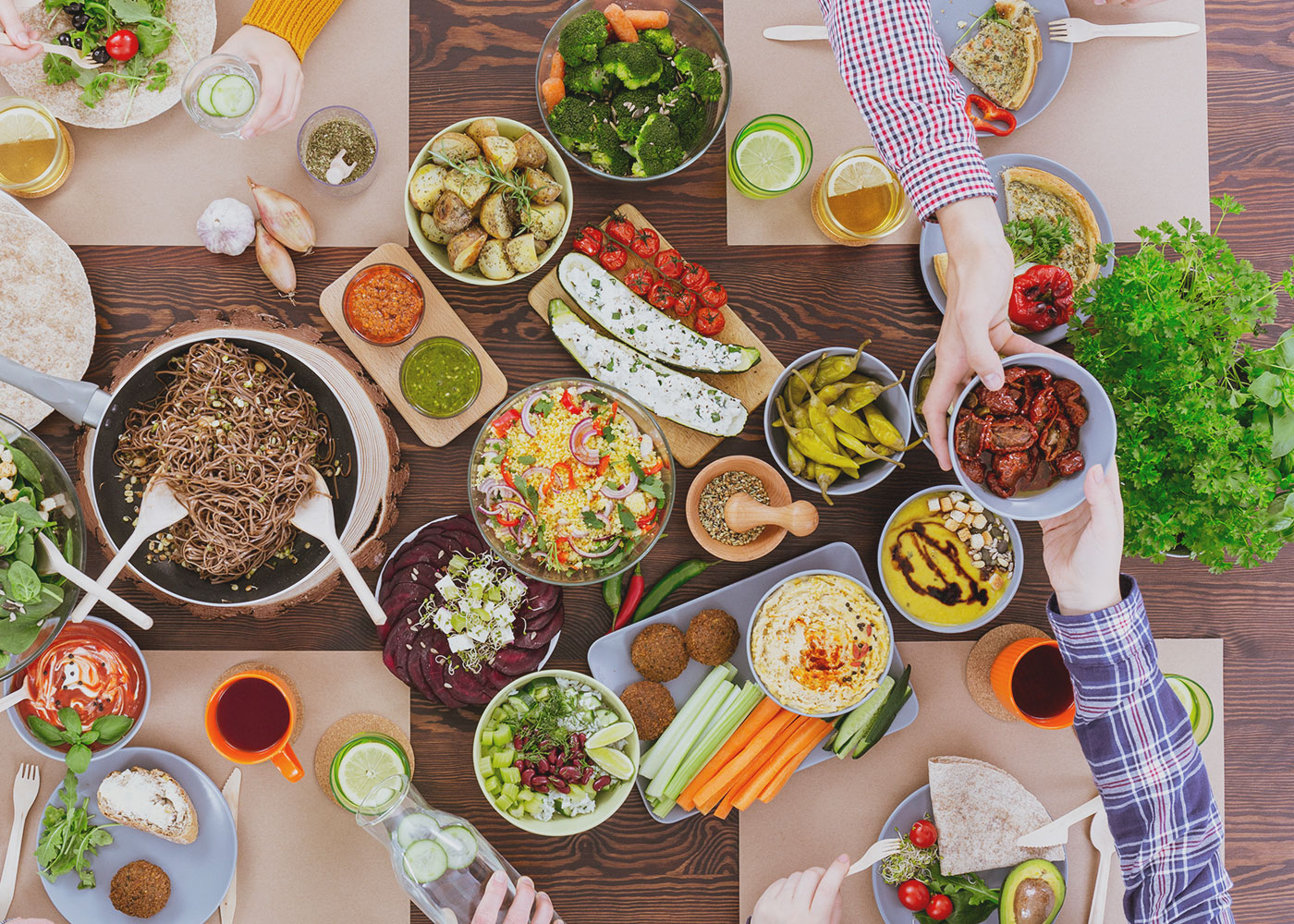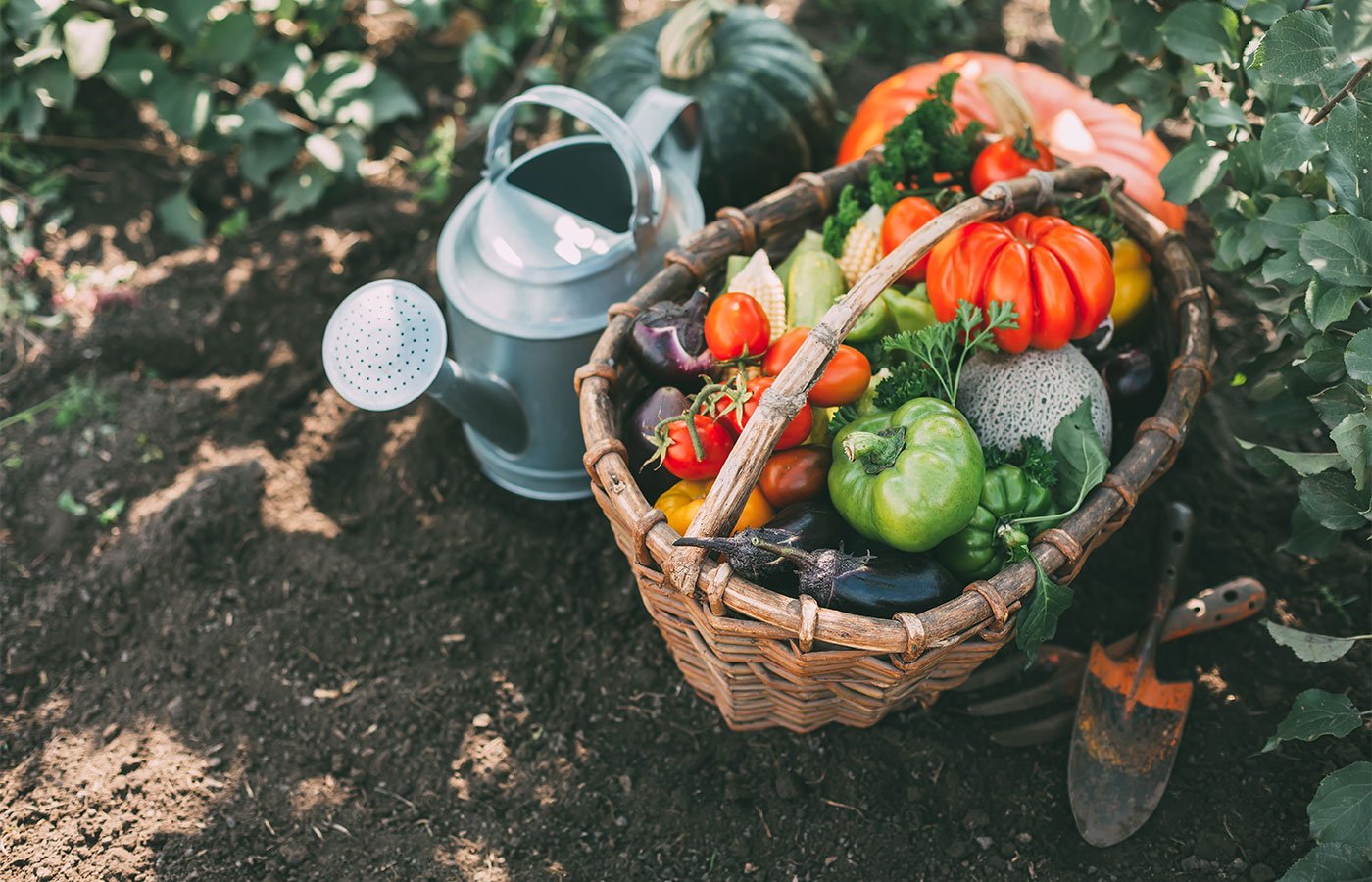If you’ve noticed you frequently feel hungry, that your metabolism doesn’t seem to be working as well as it once did, or that you rarely feel satiated after eating, you might like to read on.
Consider this scenario:
- A person makes a real effort with their food and movement choices and sees no change in how their clothes fit 😩.
- Feeling frustrated, they wonder if there might be an issue with how their body manages the food they’re eating, so they get their blood glucose tested 💉.
- Yet, their blood glucose level comes back within the normal range…. ✅.
What could be going on?
The short answer: it could be insulin resistance ❌. And it’s likely their body is having to make excess amounts of insulin to keep their glucose inside the normal range.
Here’s why this is a problem.
Insulin’s main job is to help store glucose (energy) for later use.
When we eat, the carbohydrates are broken down into glucose, protein can be converted into glucose if we don’t eat enough carbs, and fats aren’t broken down into any glucose.
With more glucose now in our blood (either from food we’ve eaten or the glucose stress hormones mobilise), insulin has to move it out of there. The first stop is to store it in our muscles and liver—two places where energy can be easily released when we need it. Yet these both have finite storage limits, and, once they are full, insulin takes the rest of the glucose to our fat cells— because our fat cells have an infinite capacity to expand and store this glucose.
When insulin levels get too high, another hormone called leptin is supposed to jump in and tell our body it’s satiated, and to speed up our metabolism. Yet—here’s the kicker—if you have excess insulin being produced, it blocks the brains ability to “hear” leptin! And so, we rarely feel satiated, our metabolism doesn’t hear the messages it needs, and we can feel the need to eat too much, too often.
This is what is known as insulin resistance.
If your body is in this biochemical state, you will not be able to access your fat stores to use them. Yet, we are led to believe that getting the body to burn fat is as “simple” as changing our food and movement patterns, whereas the reality is it’s often so much more than this!
In my Shake Off Sugar online course, I go into much more detail on insulin, including why insulin resistance happens and the steps you can take to bring your levels within the optimal range—because this is entirely reversible.
If you feel that excess sugar consumption may be contributing to certain symptoms in your body or are curious to experience just how good your body is designed to feel, then I would encourage you to join me for this next intake.
Places are limited as my team and I are committed to supporting each and every one of you through the course. You can find out more about the course and what’s included here.


